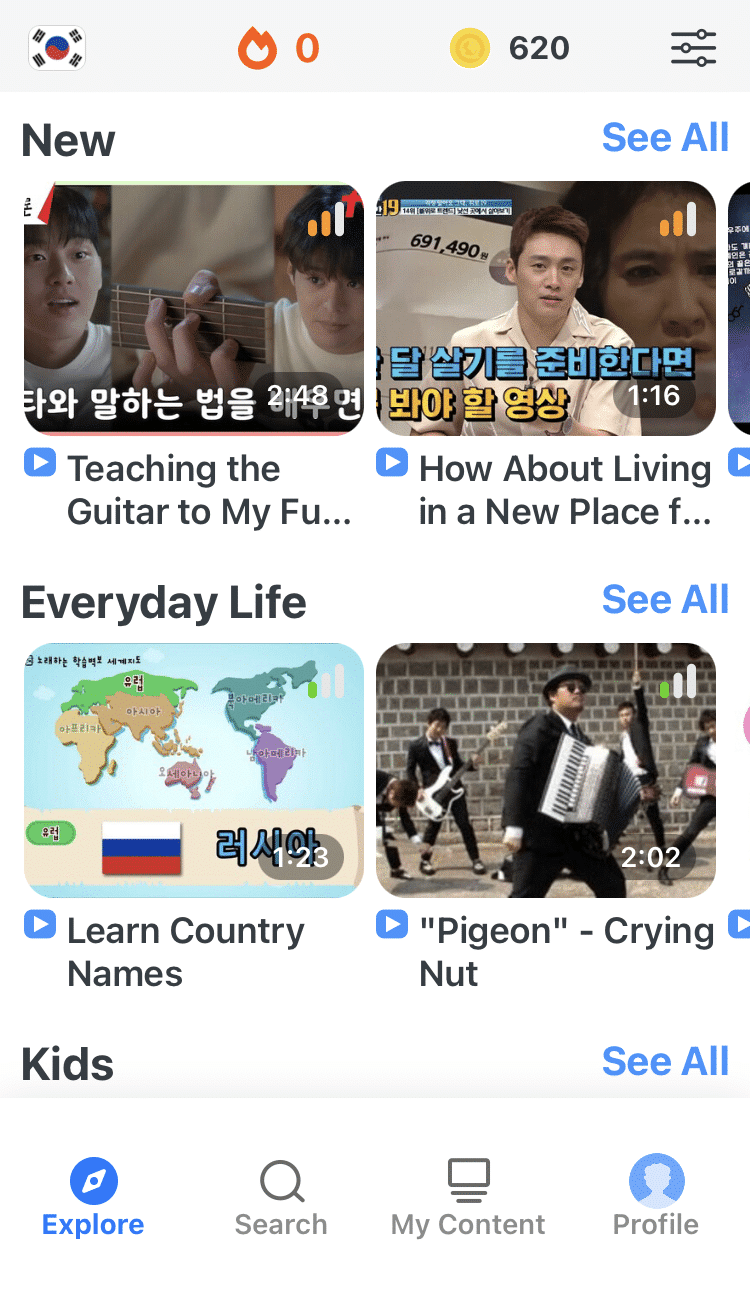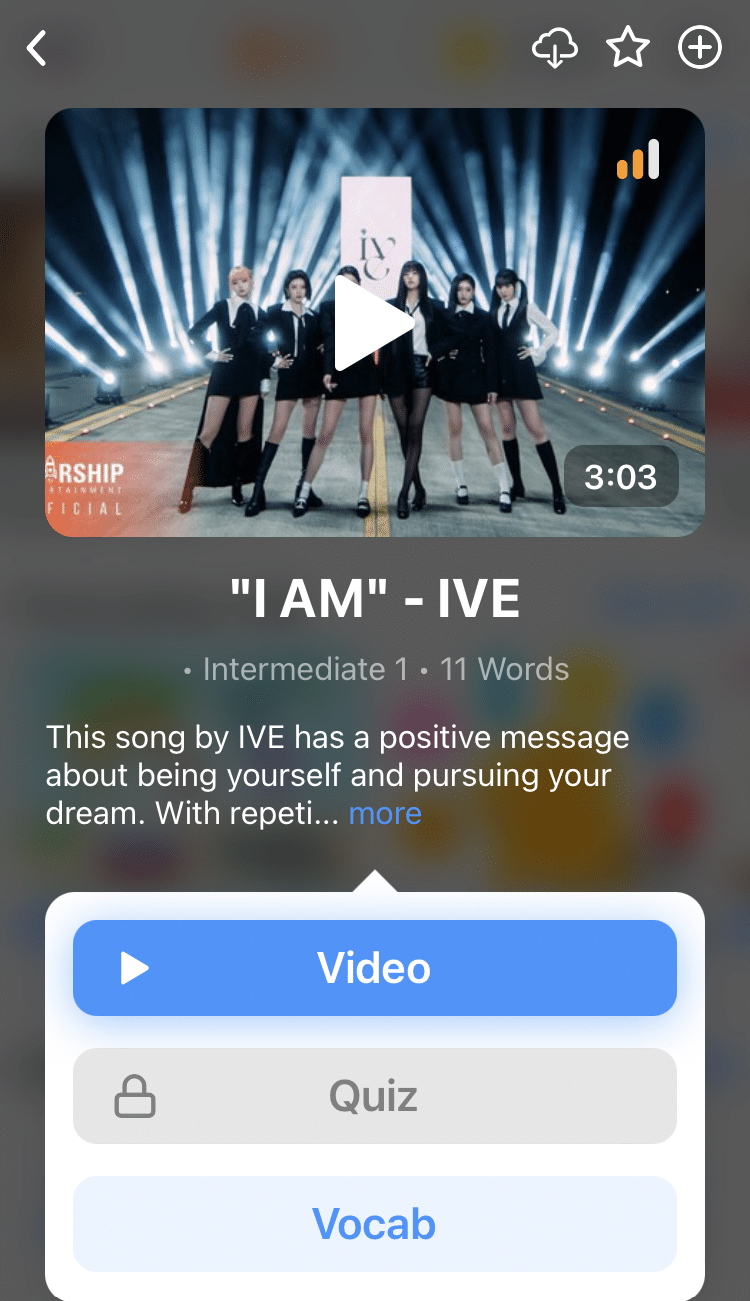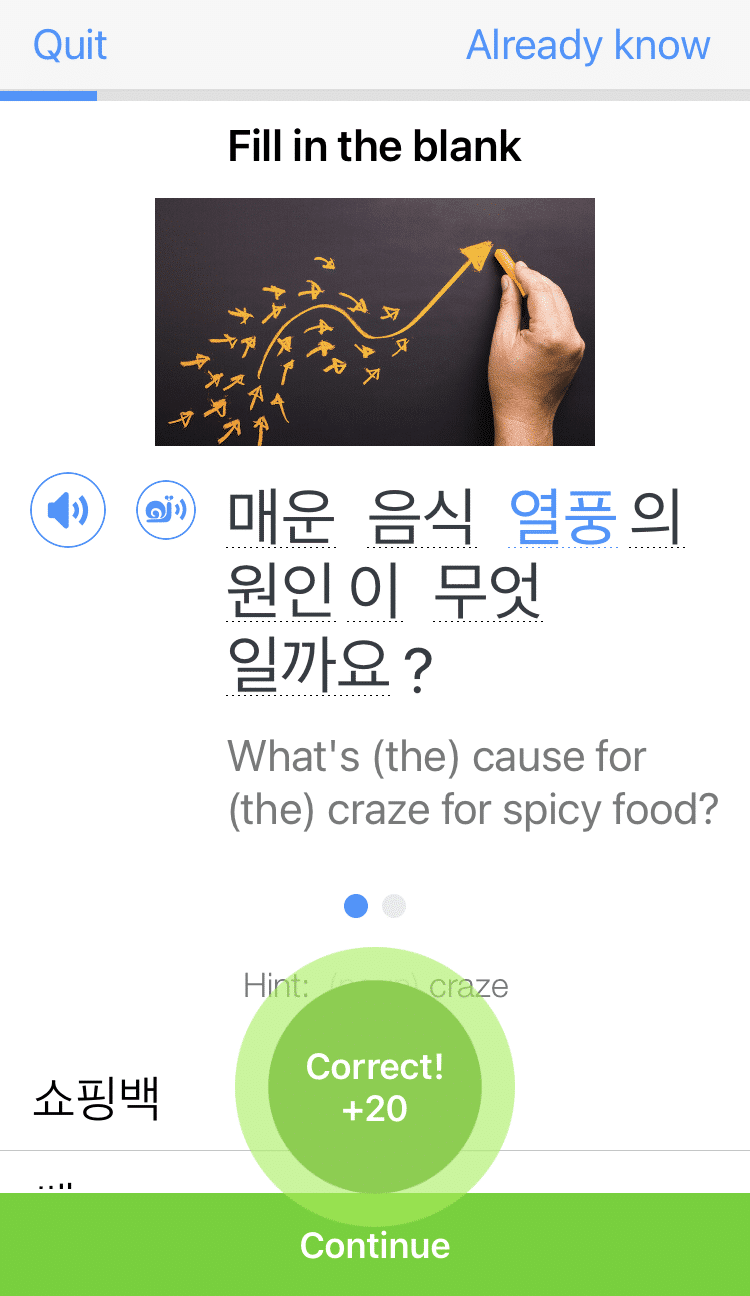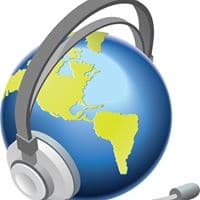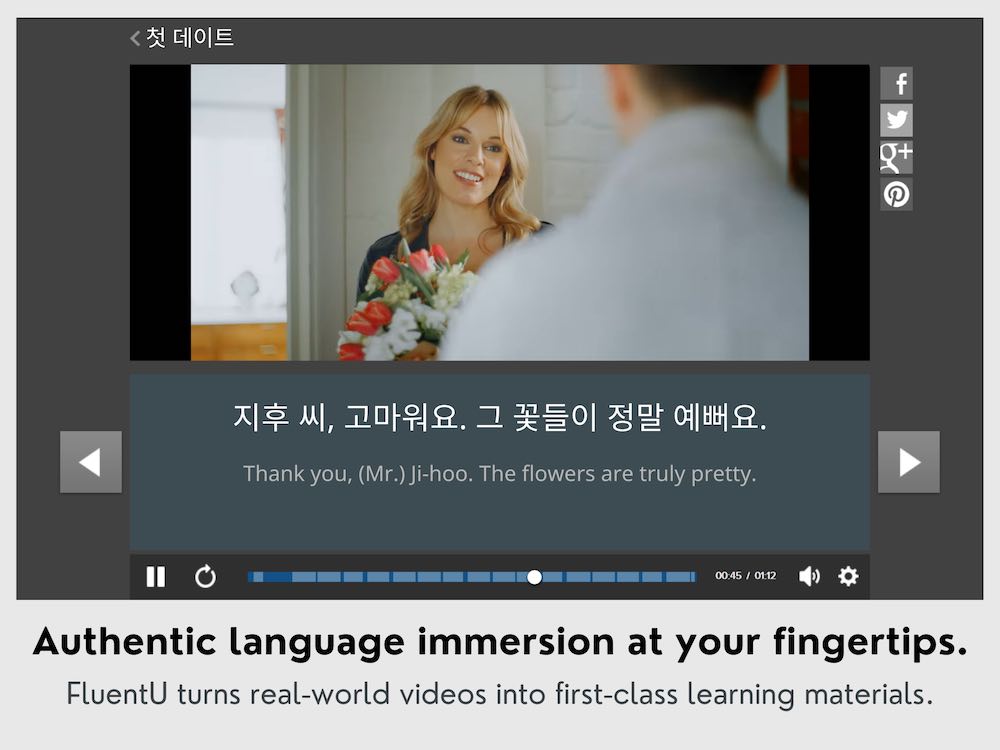
Our Recommended Korean E-books [Top 6]
Learning with Korean e-books can be a fantastic and convenient way to improve your Korean knowledge.
There’s so many of them out there, so how do you get to the select few that’ll best guide you to your learning goals?
In this post, I’m not only recommending six Korean e-books to enrich your language learning soul, I’ll even throw in some surefire techniques that’ll maximize each book’s effectiveness!
Contents
Download: This blog post is available as a convenient and portable PDF that you can take anywhere. Click here to get a copy. (Download)
6 Best Korean E-books for Language Learners
“Korean Headstart”
At over 500 pages and produced by the Defense Language Institute (DLI), the United States’ prime language education and research institution, this is a behemoth of a book.
You’re going to need a PDF reader to see the text and Flash to hear the accompanying audio. The e-book is made up of 8 units, with each unit containing 3-4 lessons, ranging from greetings to asking for directions.
The book is focused on conversation and comprehension, not grammar—although grammar points are highlighted when necessary.
Each lesson opens with a dialogue—for example, between a shopkeeper and a buyer. The rest of the lesson is then used to slowly deconstruct the whole conversation, the phrases and vocab used. There are plenty of exercises at the end of each lesson to keep you on your toes.
This e-book also includes a writing section, as well as a Korean-English and English-Korean glossary.
“Talk To Me In Korean”

The contents of this book have the same flavor as their blogs, podcasts and videos. It’s an easy read, with the pages not overly crammed with text. There are drawings or pictures every once in a while. Overall, you get the feeling that the folks contributing to this material are having fun and don’t take themselves too seriously.
This e-book is perfect for absolute beginners of Korean. Like the title says, the topics range “from greetings to numbers.” The lessons are conversational in nature. But they don’t just teach you what to say first and then what response to expect.
They include an interesting quirk or two about the language, and even explain some cultural tidbits that readers will find immensely helpful. So as you learn about the language, you’ll also learn to appreciate the warmth of the culture and the politeness of its people.
“Talk To Me In Korean” can best be used with the Korean audio lessons available on the site, and when you’re done with this level, there are books for eight more levels!
“Korean from Zero!”
There’s a solid team behind this e-textbook series: a professional interpreter, a linguist and two native speakers. So you’ve got both sides of the coin represented.
“Korean from Zero” is a three-textbook series that includes workbooks with an MP3 download and online support. It’s a must-have for the Korean beginner or for those looking for a firmer grasp of the fundamentals.
The series has a different approach from others of its kind. Its first book opens with a crash course on Hangul (the Korean writing system). It’s the team’s belief that if you learn to read in Korean, your eyes will be opened to the patterns that lead to phrases and sentences. You won’t be mindlessly memorizing lines or waiting for a specific response to your stock questions.
Take heed, there are no Romanized versions of the language after the introductory section. You’ll have to read this one in Korean, but the first section of the book will teach you how.
“Learn to Read Korean in 60 Minutes”
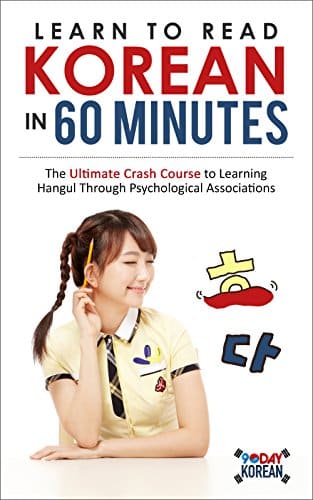
At 50 pages, this book is a great introductory resource for remembering the sounds of the Korean alphabet. You’ll indeed come away with a basic understanding of the language.
The book is able to achieve this through the use of mnemonic devices, like word associations, to help you remember the sound of what you see. It makes the language not only easy to learn, but hard to forget.
It’s fun, it’s upbeat and it’s unpretentious. After this e-book, the lines and stick figures around Koreatown will take on real meaning for you.
“Korean Made Simple”
Want to know how different grammar rules are used to form basic Korean sentences? Want to learn the language while having history and cultural lessons on the side? Then “Korean Made Simple” is perfect for you.
This e-book is from a guy named Billy who taught himself Korean and is now working as a Korean translator and online teacher. He understands the struggles of language learners and he’s created a book for beginners to really get into the proper frame of mind to learn the language.
The whole book has about 1,000 words and phrases distributed over 20 lessons, and starts off with an introduction to Hangul. As you swipe through the pages, learning new words and being introduced to grammar concepts, you’ll soon realize that you’re reading in Hangul without any Romanization!
“Korean Made Simple” is followed by two more books that go ever deeper into the language.
There are free supplemental audio files for download on the site gobillykorean.com, along with e-books in formats other than Kindle.
“TOPIK Guide” e-books
The hardcore Korean learners out there are probably going to be taking the TOPIK at some point. TOPIK stands for Test of Proficiency In Korean. It’s a test administered by the National Institute for International Education (NIIED) to foreigners who want to be employed in Korean companies in and out of the country.
The “TOPIK Guide” is a whole self-study package that includes videos, audio files and past TOPIK tests that all help you to boost your scores.
There are two types of TOPIK tests, so there are also two packages offered. The TOPIK I package is geared towards beginners (levels 1-2). The TOPIK II package is designed for intermediate (levels 3-4) and advanced (levels 5-6) students.
Each package comes with multiple e-books that cover self-study, grammar and vocabulary.
You’ll find these e-books valuable resources in the run up to your exam. The vocabulary e-book in the TOPIK I package, for example, will contain the words you’re expected to have already learned. They may not be tested directly, but you’ll certainly find them littered all over the reading and listening sections of the test.
How to Learn with Korean E-books
Write your notes on real paper
E-books are digital by nature. But even when some functionality allows you to annotate or write comments on them, you can (and should) still opt to write your notes on paper. Why? Because studies have found that the mechanical act of writing itself serves as an anchor for your memory. You remember more of the things that you write because you’re engaging in an activity that creates kinesthetic and visual anchors for it.
Read the pages aloud
Your language partner or tutor might not be available for chat, but you’ll always have yourself to talk to. So even when you’re just reading a list of Korean colors, animals or fruits, speak up and exercise your tongue in the ways of the Korean language. It will help your mouth, tongue and jaw to work together and produce the distinct sounds of Korean.
Some language learners amass a huge collection of learning books, combing through them daily. That’s good, but that’s just a start. You have to open that mouth of yours…and speak!
Do 2-minute reviews throughout the day
E-books give you the opportunity to study Korean in very short, but productive, bursts. For example, you’re waiting for your coffee to go. Whip out your phone and read a page or a half. Waiting in line at the grocery store? Do the exercises in Chapter 2.
Your everyday routines provide these short stretches when you can just dive in and go. Use them for review. For more focused review time, enter all the words you haven’t learned yet into a flashcard app—this post offers a list of the best flashcard apps for learning Korean.
Anki, for example, lets you create personalized decks with ease. The flashcards in FluentU include images, native Korean pronunciation, sentence examples and links to videos featuring the word.
FluentU takes authentic videos—like music videos, movie trailers, news and inspiring talks—and turns them into personalized language learning lessons. You can try FluentU for free for 2 weeks. Check out the website or download the iOS app or Android app. P.S. Click here to take advantage of our current sale! (Expires at the end of this month.)
And that rounds out our list.
You now know how to learn with Korean e-books!
The six e-books above will help you get to the next level in the language—whether you’re an absolute beginner, an intermediate or a seasoned student of Korean. Apply the study techniques you learned in the first section and there will be absolutely no stopping you from reaching Korean fluency.
Good luck!
Download: This blog post is available as a convenient and portable PDF that you can take anywhere. Click here to get a copy. (Download)
If you enjoyed this post, you're already halfway to having the time of your life learning Korean with FluentU!
FluentU makes it possible to learn with K-pop videos, funny commercials, entertaining web series and more. Just a quick look will give you an idea of the variety of FluentU videos on offer:
FluentU really takes the grunt work out of learning languages, leaving you with nothing but engaging, effective and efficient learning. It's already hand-picked the best videos for you (which are organized by level and topic), so all you have to do is simply choose any video that strikes your fancy to get started.
Each word in the interactive captions comes with a definition, audio, image, example sentences and more.
Access a complete interactive transcript of every video under the Dialogue tab, and easily review words and phrases from the video under Vocab.
You can use FluentU’s unique Quiz Mode to learn the vocabulary and phrases from the video through fun questions.
FluentU keeps track of what you're learning, and tells you exactly when it's time for review, giving you a 100% personalized experience.
Review sessions use video context to help embed the words in your memory.
Start using the FluentU website on your computer or tablet or, better yet, download the FluentU app from the iTunes or Google Play store. Click here to take advantage of our current sale! (Expires at the end of this month.)
And One More Thing...
